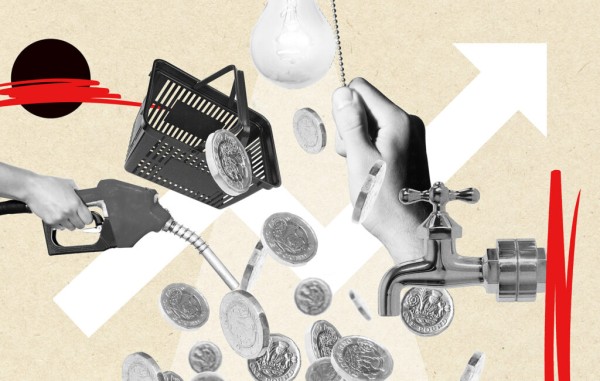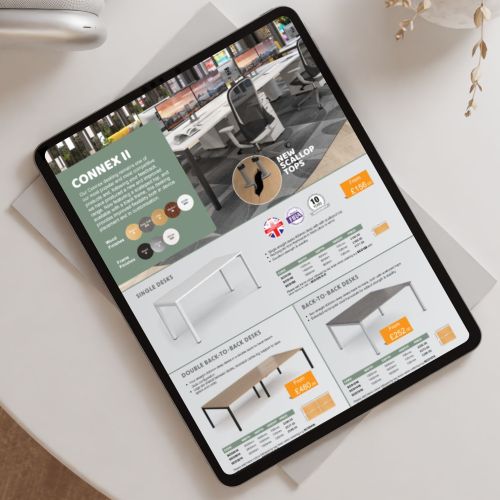Tackling the ‘Climate Crisis’ during a ‘Cost of Living’ crisis

It seems to be the case that taking steps to be more environmentally friendly is often seen as being more costly. If this really is the case, it would make it difficult to take positive steps whilst facing the current and emerging financial pressures.
So, are environmentally friendly changes and cost savings really mutually exclusive?
Reduce, Re-use, Repair
Let’s consider the point made about consumption in the previous article, namely reducing consumption reduces greenhouse gas emissions and carbon footprint. It would seem obvious that this same reduction in consumption could also save costs. If we cut out a journey, we are clearly going to save money as well as emissions. We also cut out travel time which for business travel also has a significant cost in staff time.
The well-used principles of reduce, re-use, repair can prove the point that climate-positive steps can also reduce cost. One example of this ‘reduce’ principle would be to swap a face-to-face meeting for a virtual one, reducing travel. This may not be ideal in every case but as the lockdown restrictions proved, they can be a useful alternative. Equally working from home can have similar benefits on travel costs as well as fuel emissions.
In the same way, putting off buying a new capital item or cutting back on consumables where possible also has a win/win effect on the environment and costs. Do we really need to replace our vehicles, computers, phones etc. quite as often? Do we need to print a paper copy of as many documents, invoices, orders, and receipts? Can we swap disposable items for re-useable?
But what about when we can’t put off the replacement of a capital item? For many items, there is a market for pre-used equivalents. In the same way, we may buy a second-hand car for a lower cost than a new what about other capital items? Office furniture is one obvious example. Re:Work started its life providing only pre-used office furniture. Perhaps consider a pre-used example rather than new for your next capital equipment purchase.
If a capital item is of a suitable quality, then there is also the option to repair or upgrade an existing item. This is common with some types of items and becoming more common as circular economy principles are growing in use. Re:Work repair and refurbish office furniture to be sold on as pre-used to new customers. This type of process is the foundation of the ‘Circular Economy’.
Another consideration is whether longer life may make the whole lifetime cost of an item lower. This can be true of clothing, white goods, furniture etc. Buying what looks like a more expensive but higher quality item can save money over its lifetime if it really is of better quality and lasts longer than a ‘cheap’ version. Even more so if it has been designed to be repaired and upgraded. Replacing, or better still repairing a higher quality item less frequently than replacing a cheaper one has obvious benefits to the environment as well as the bank balance. Up-cycled items can also play a part here re-using materials rather than using new ones. So do some whole life cost calculations when replacing items.
But what about consumable items? It is not always possible to avoid consumption but as we saw in the previous article the transportation and packaging of a product can often be a bigger contributor to emissions than its production. So how about refilling ink cartridges, buying cleaning products in bulk and refilling hand soap, washing up liquid and other cleaning product containers etc. This reduces the amount of single-use plastic and transportation of smaller individual containers. Buying in bulk is almost always more cost-effective too. Think again about whether items can be bought as re-useable versions rather than disposable, e.g., Hand towels, cups, water bottles, batteries etc. Cleaning and re-using these are much cheaper and more environmentally friendly than buying disposable versions.
A final thought to ponder. Let’s jump back to the reduction in cost and emissions of working from home. The cost-saving benefit isn’t necessarily limited to travel costs. How about if more staff working from home means you can reduce the size of your office space? Not a quick fix but could it form part of a longer-term business plan? Can you plan other environmental impacts out over the longer term by a shift to reduce, re-use, repair principles? That way there is likely to be less if any additional cost to making more significant changes.
In our next article, we will look at how to sell this message to our customers and help maintain margins whilst encouraging reduced consumption.

